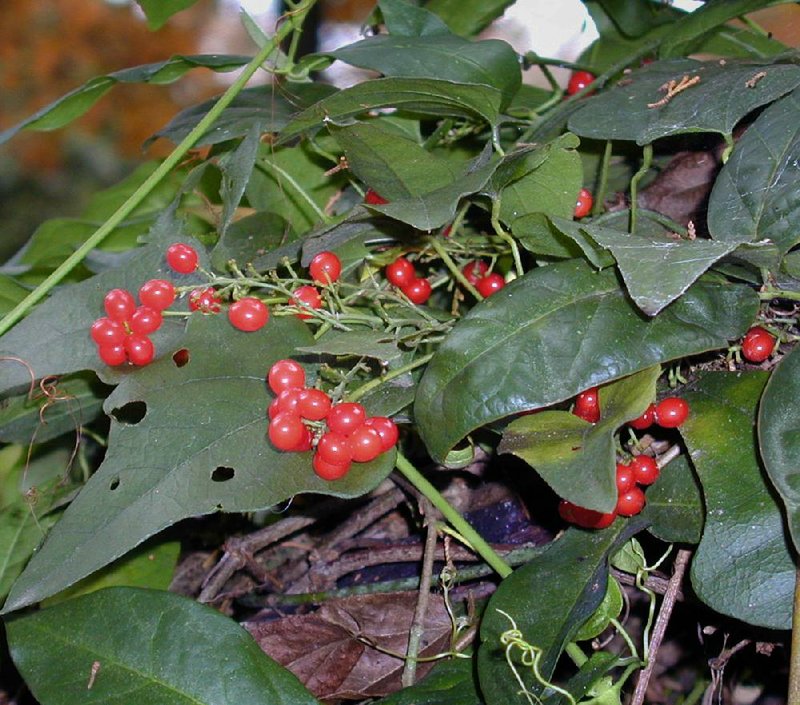LITTLE ROCK — Q We are a bit stumped at a plant that came up in our garden. For a long time, we thought it was a honeydew melon, but I cut one, and it had the flavor of a cucumber. Is it a squash that has grown larger than it should have? There were only two of these on the entire plant, and both fruits grew very large.
A The leaves look more like a watermelon.
Did the plant grow from a seed left over from last year? If so, it could be a cross between a cucumber, squash, watermelon, etc. - members of the cucurbit family will cross-pollinate, and the resulting seeds can give you some pretty interesting fruits. It should be safe to eat, and you may like the flavor, or not.
Q I have just had much of my yard tilled up (to loosen the soil) and had bermuda sod laid to replace the areas that did not make it during the drought/summer. Planting sod in September - seemed to me it was the right time of year. Was I right? Should I broadcast any fertilizer on the sod or just omit the fertilizer?
A Sodding is something that can be done year-round, as long as you are willing to water. I usually don’t recommend any fertilizer on warm-season grasses past mid-September. We don’t want to encourage a lot of rapid new top growth heading into winter. The key is to keep it watered to develop a root system, and then fertilize next spring after the lawn has totally greened up.
Q Would I be safe in moving Knock Out roses now? If I can, should I prune them before the move? I live in eastern central Arkansas, and I don’t want to lose my bushes.
A Even though it is cooling off, plants are not dormant yet. The dormant season is the best time to move plants - between November and February. My preference with roses is to wait until February, when you can prune and move at the same time. Pruning roses heavily in the fall can make the plants more susceptible to winter damage. If you are doing construction or have an immediate need to move your plants, it is doable, but prune as little as possible to make the move feasible and keep the plant healthy. Usually, the smaller the thorny bush, the easier it is to move.
Q We have several loropetalums and thus far have only pruned them when animals have broken limbs. We like the wild, natural look of the bushes, but they are getting a bit out of hand. Can you please give us tips on when and how much to prune them? We do not want to risk pruning at the wrong time and hindering flower production.
A Loropetalums are beginning to have some blooms on them right now, but their main bloom period is early spring. Immediately after blooming is when they should be pruned, if needed. Some varieties can get quite large. Many of the early varieties that were supposed to get no larger than4 to 5 feet are small trees now; so prune heavily if they are overgrown. You can also move them to an area where they can grow large, replanting with new varieties that are smaller at maturity.
Q Do you happen to know what type of vine is in the attached picture? It is growing up the side of a redbud tree. I think it is quite pretty with all the berries. Will it harm the tree?
A The plant is commonly called Carolina moonseed, or coralbead - Cocculus carolinus. This deciduous native vine goes unnoticed until the fall, when it produces the lush, showy red berries. Birds eat the fruit and deposit the seeds, and the plants grow where they will. Some gardeners find them invasive and try to eradicate them. I like the fall berries, but would try to grow the vine on a trellis or fence, not in the tree.
Janet Carson is a horticulture specialist for the University of Arkansas Cooperative Extension Service. Write to her at 2301 S. University Ave., Little Rock, Ark. 72204 or e-mail her at
HomeStyle, Pages 37 on 09/29/2012

